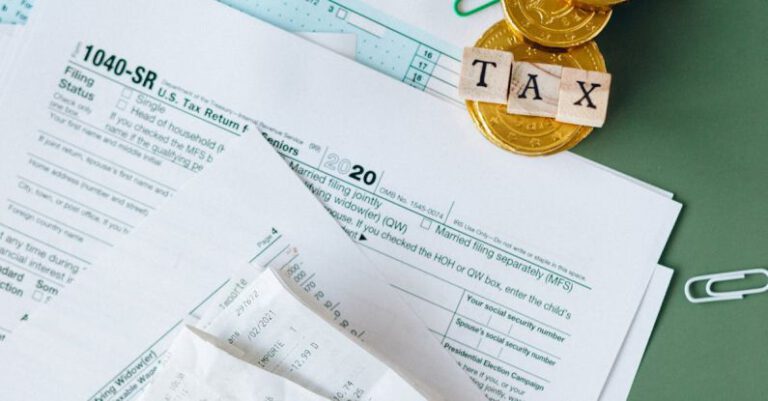Understanding the Coverdell Esa: Options and Benefits
Saving for your child’s education is a significant financial goal for many parents. One valuable tool to consider in your savings strategy is the Coverdell Education Savings Account (ESA). Understanding how these accounts work, the options available, and the benefits they offer can help you make informed decisions about your child’s future education. Let’s delve into the details of Coverdell ESAs to help you maximize their potential.
**What is a Coverdell ESA?**
A Coverdell ESA is a tax-advantaged savings account designed to help families save for educational expenses. These accounts can be used to pay for qualified education expenses for beneficiaries under the age of 18, including primary, secondary, and higher education costs. Contributions to a Coverdell ESA are not tax-deductible, but the earnings in the account grow tax-free, and withdrawals for qualified education expenses are also tax-free.
**Contributions and Limits**
One of the key benefits of a Coverdell ESA is the ability to make contributions to the account on behalf of a designated beneficiary. Contributions can be made by any individual, regardless of their relationship to the beneficiary, as long as their modified adjusted gross income falls within the limits set by the IRS. The annual contribution limit for a Coverdell ESA is $2,000 per beneficiary, and contributions must be made in cash.
**Investment Options**
Unlike a traditional savings account, a Coverdell ESA offers a range of investment options to help your savings grow over time. You can choose to invest your contributions in a variety of assets, including stocks, bonds, mutual funds, and more. By diversifying your investments within the account, you can potentially increase your earnings and maximize the funds available for educational expenses.
**Flexibility in Use**
One of the key advantages of a Coverdell ESA is its flexibility in how the funds can be used. Qualified education expenses include not only tuition and fees but also expenses such as books, supplies, equipment, and even room and board for students attending eligible institutions. This flexibility allows you to use the funds for a wide range of educational needs, making the Coverdell ESA a versatile tool in your financial planning.
**Transferability and Control**
Another benefit of a Coverdell ESA is the ability to transfer the account to another eligible family member if the original beneficiary does not use all the funds. This transferability can be useful if one child decides not to pursue higher education, as the funds can then be used for another family member’s educational expenses. Additionally, the account owner retains control over the account until the funds are distributed, giving you the flexibility to manage the account as needed.
**Tax Benefits**
In addition to the tax-free growth and withdrawals for qualified education expenses, a Coverdell ESA offers other tax benefits as well. Because contributions are made with after-tax dollars, the funds in the account can be withdrawn tax-free, provided they are used for qualified education expenses. This tax-free treatment can help you maximize the impact of your savings and reduce the financial burden of educational costs.
**Conclusion: Maximizing Your Education Savings**
In conclusion, a Coverdell ESA is a valuable tool for saving for your child’s education. By understanding how these accounts work, the options available, and the benefits they offer, you can make informed decisions to maximize your education savings. From investment options and contribution limits to flexibility in use and tax benefits, a Coverdell ESA provides a comprehensive solution for families planning for future educational expenses. Consider opening a Coverdell ESA today to start building a brighter future for your child’s education.






